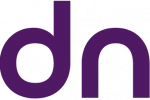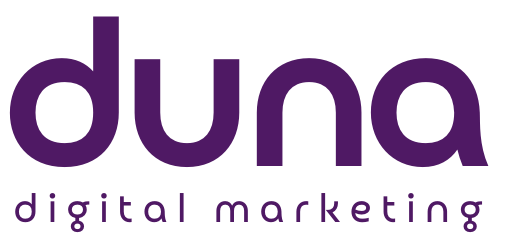In today’s digital landscape, running ads on social media is one of the most effective ways to reach your target audience. But with so many platforms available—each with its own audience, strengths, and ad formats—how do you decide where to invest your ad budget?
This guide will help you understand the key differences between platforms and how to choose the best one for your goals, especially if you work with agências de marketing, agências de tráfego pago, or offer criação de sites services.

1. Understand Your Target Audience
The most important factor in choosing a platform is knowing who you’re trying to reach. Different platforms attract different demographics:
Facebook & Instagram: Great for B2C brands targeting users aged 18–44. Highly visual. Ideal for storytelling and community engagement.
LinkedIn: Best for B2B ads, especially for professionals, service providers, and decision-makers.
TikTok: Explosive reach among Gen Z and millennials. Works well for trend-based, creative, and entertaining content.
YouTube: Ideal for video ads, product demonstrations, and long-form storytelling. Great for both awareness and retargeting.
X (formerly Twitter): Real-time engagement, trending topics, and niche communities. Better for brand awareness than direct conversions.
2. Match Platform Strengths to Your Marketing Goals
Each platform serves a different purpose in the buyer journey:
Brand Awareness: TikTok, YouTube, and Instagram Reels are perfect for reaching cold audiences with visual, entertaining content.
Lead Generation: Facebook (with lead forms), LinkedIn (for B2B), and Instagram (with stories and swipe-ups) are top picks.
Conversions/Sales: Meta Ads (Facebook & Instagram) excel here due to robust targeting and tracking tools.
Website Traffic: Facebook, X, and Pinterest are effective for driving users to landing pages or website creation showcases.
3. Consider Your Budget and Ad Format Options
Facebook & Instagram offer diverse formats (carousels, stories, reels, dynamic product ads) and flexible budget options.
TikTok requires more effort on creative production but rewards virality.
LinkedIn Ads tend to be more expensive but deliver high-quality B2B leads.
YouTube has low cost-per-view but requires high-quality video content.
4. Test and Track Performance
Start small with test campaigns across 2–3 platforms, then compare:
Cost per result (click, lead, sale)
Engagement metrics (likes, shares, comments)
Conversion rates on landing pages or website creation
ROAS (Return on Ad Spend)
Use tools like Meta Ads Manager, Google Analytics, and TikTok Ads Dashboard to track KPIs.
Conclusion
There’s no one-size-fits-all answer when it comes to social media advertising. The best platform depends on your audience, goals, and content style.
By understanding each platform’s strengths and testing strategically, your brand—or the agência de marketing/agência de tráfego pago you work with—can make smarter ad choices and maximize results.
Read more about Tráfego Pago

